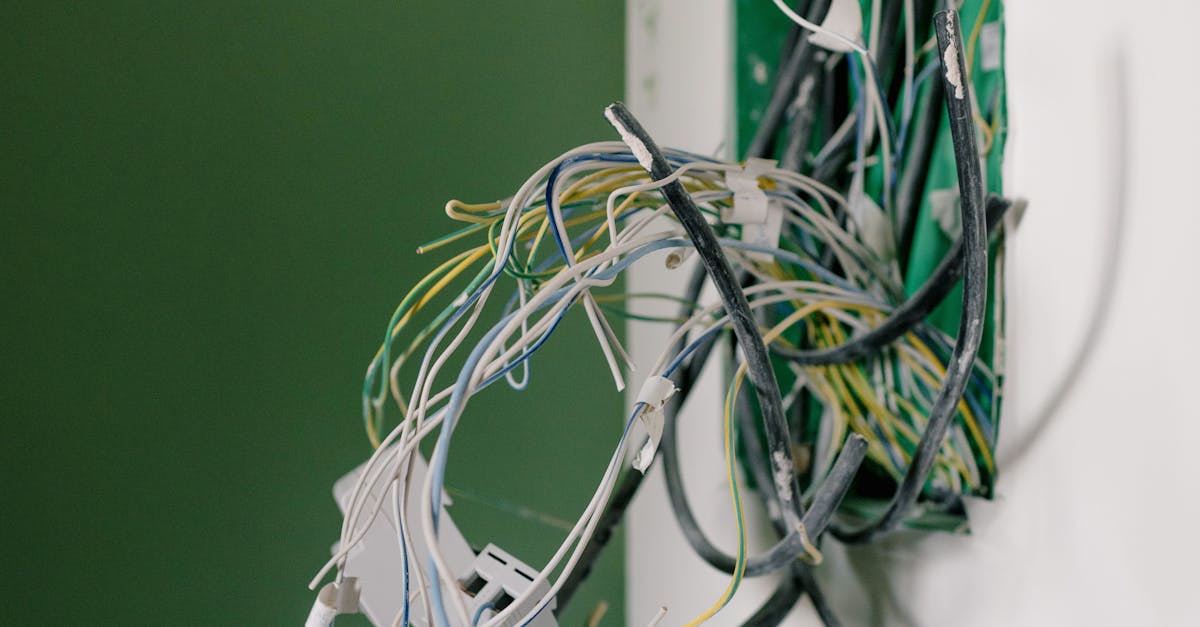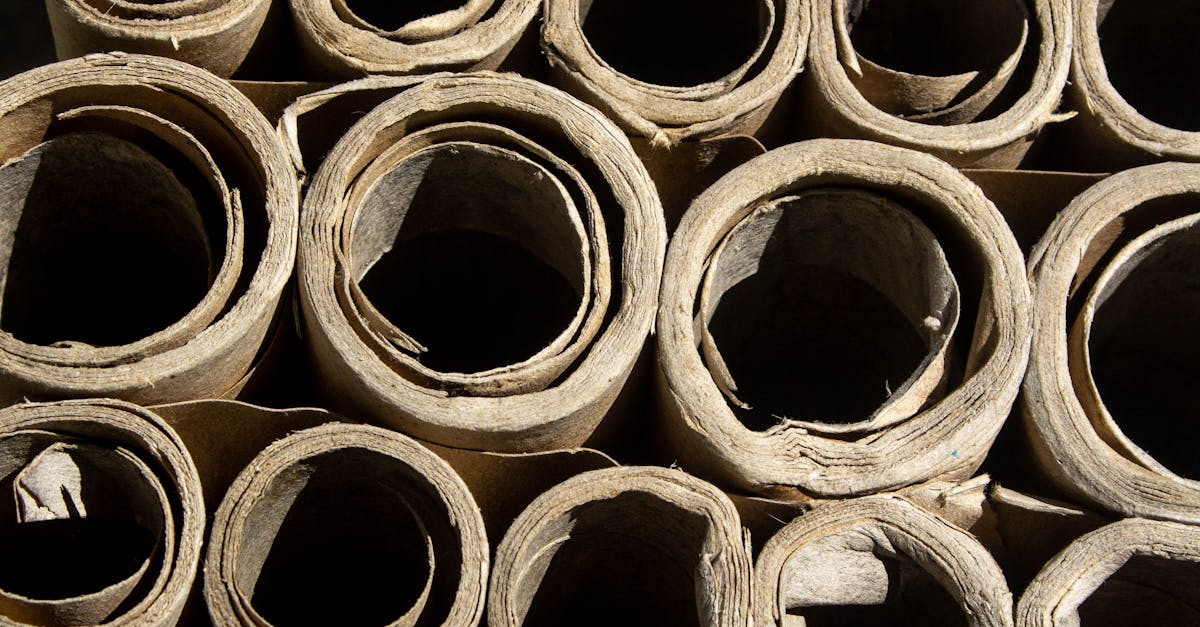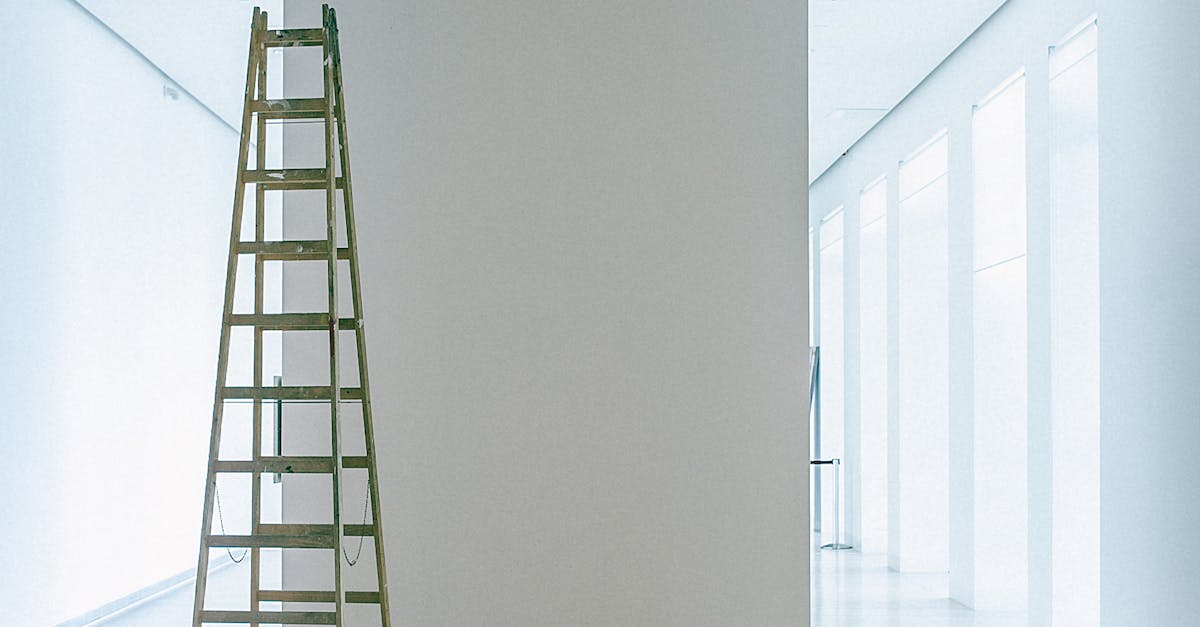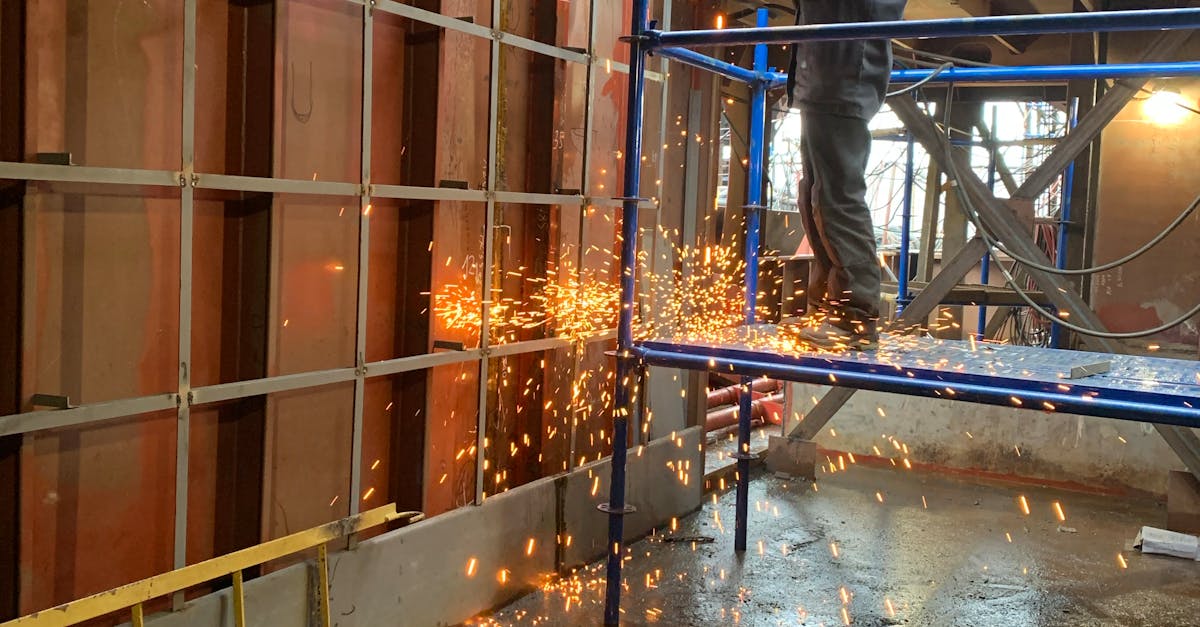
Table Of Contents
Testing for Leaks
Testing for leaks is a crucial step in ensuring the safety and functionality of a gas line. Start by applying a solution of soapy water to all connections and joints along the gas line. Be thorough in checking for any bubbles forming, as this indicates a leak. If bubbles are present, take immediate action to rectify the issue before proceeding with the installation or repair process. Always remember that safety should be the top priority when working with gas lines.
After checking for leaks with the soapy water solution, use a gas leak detector to further verify the integrity of the gas line. Follow the manufacturer's instructions carefully to conduct a comprehensive check for any gas leaks. It is essential to address any leaks promptly to prevent potential hazards. Gas line installation and repair require meticulous attention to detail and a commitment to safety protocols to ensure a successful and secure installation.
Conducting a Pressure Test
Before securing the gas line, it is crucial to conduct a pressure test to ensure that the system is leak-free and safe. Pressure testing involves pressurising the gas line and monitoring for any drops in pressure, which could indicate a leak. This step is essential in identifying any potential issues before finalising the installation.
Gas line installation and repair professionals commonly use a pressure gauge to measure the pressure within the system accurately. During the test, the pressure is typically increased to a specified level and then maintained for a period while checking for any drops. If the pressure holds steady, it indicates that the gas line is secure and leak-free, ready to be secured and supported properly.
Securing the Gas Line
Securing the gas line is a critical step in ensuring the safety and efficiency of the gas line installation and repair process. To properly secure the gas line, it is essential to use appropriate fittings and connectors that are compatible with the type of gas being used. Additionally, all connections must be securely tightened to prevent any leakage or potential hazards.
Properly supporting the pipes is also vital when securing the gas line. The pipes should be adequately supported with clamps or brackets at regular intervals to prevent sagging or movement. Ensuring that the pipes are correctly supported will help maintain the integrity of the gas line system and reduce the risk of damage or accidents.
Properly Supporting Pipes
Properly supporting pipes during gas line installation and repair is crucial to ensure the safety and longevity of the system. The gas pipes need to be adequately supported to prevent any sagging or misalignment that could lead to gas leaks or other hazardous situations. Supporting the pipes correctly also helps maintain the stability and integrity of the entire gas line system.
When supporting gas pipes, it is essential to use appropriate materials that can withstand the weight of the pipes and any external factors that may affect them. Additionally, the supports should be installed at regular intervals along the length of the gas line to distribute the weight evenly. By following these guidelines and ensuring that the pipes are properly supported, the risk of gas leaks and system malfunctions can be significantly reduced, making the gas line installation a safer and more reliable process.
Final Inspections
Final Inspections
Gas line installation and repair require thorough final inspections to ensure safety and compliance with regulations. During the final inspection, all connections, fittings, and seals must be closely examined for any signs of leaks or damage. It is essential to meticulously check the entire gas line system to detect any potential risks or issues that could compromise its integrity.
Proper documentation and compliance with regulations are key aspects of the final inspection process for gas line installation and repair. All relevant paperwork, including permits and certifications, must be in order and readily accessible for inspection authorities. Additionally, ensuring that the installation meets all safety standards and codes is crucial to guarantee the reliability and efficiency of the gas line system.
Ensuring Compliance with Regulations
Ensuring compliance with regulations is a critical aspect of gas line installation and repair. In Australia, specific rules and standards are in place to guarantee the safety of individuals and properties. It is imperative to adhere to these regulations, as they are designed to prevent potential hazards and ensure that gas line installations are conducted in a safe and efficient manner.
Gas line installation and repair must comply with the Gas Standards and Regulations Act to prevent gas leaks, explosions, and other risks. By following the guidelines set by regulatory bodies, such as the Australian Gas Association (AGA) and Standards Australia, individuals can ensure that the gas line installation is completed according to the highest safety standards. It is essential to be aware of the legal requirements and industry standards when undertaking any gas line installation or repair to guarantee the safety of all involved.
FAQS
What are the common signs of a gas leak?
Common signs of a gas leak include a hissing sound near a gas line, a foul odour like rotten eggs, and dead or dying plants near the gas line.
Is it necessary to conduct a pressure test after installing a gas line?
Yes, it is crucial to conduct a pressure test to ensure there are no leaks in the gas line before its final use.
How should I properly support gas pipes during installation?
Gas pipes should be properly supported using appropriate hangers or straps to prevent sagging or movement that could lead to damage or leaks.
What are the final inspections required after installing a gas line?
Final inspections should include checking for proper connection of all fittings, securing all joints, and ensuring that the gas line is free from any leaks.
Why is it important to comply with regulations when installing a gas line?
It is crucial to comply with regulations to ensure the safety of the installation, the property, and the people using the gas line. Non-compliance can result in serious accidents and legal consequences.


